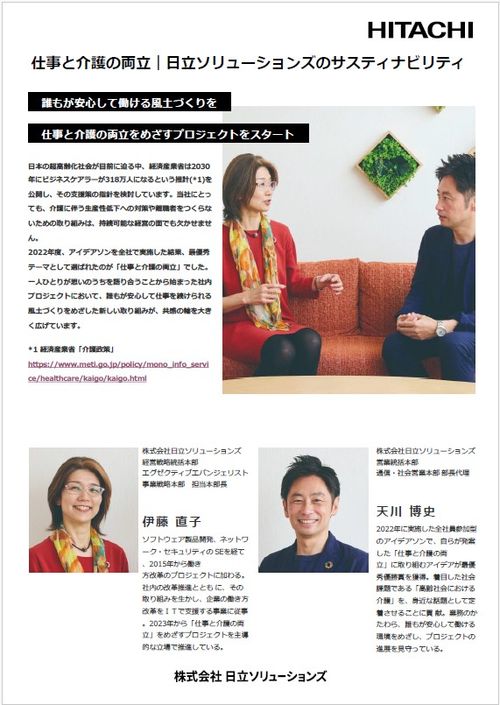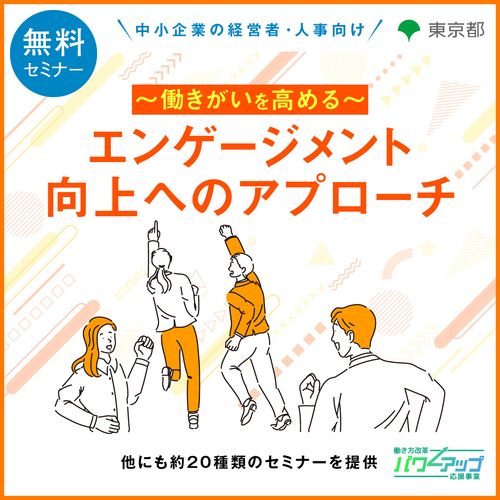In this second Volume, I will write about how training programs can be planned so that everyone can participate actively.

Volume 2: How to plan for a training in which everyone can actively participate
Imagine this scene from a training room in Tokyo. The facilitator has just asked a question. Among the Japanese participants, nobody volunteers to answer. In fact, all of the participants from Asia are silent. Then, one of the Westerners—most likely an American participant—speaks out his opinion. Then, again he speaks out. After ten minutes, the only one to have spoken is the American. Others are silent. Have you ever witnessed this kind of scene?Actually, I have NOT had this experience as a facilitator recently. Such a scene describes a typical stereotype about how people act in a multi-cultural setting; this stereotype is no longer an accurate picture of how people behave in training. In reality, I generally observe more behavioral balance among participants, regardless of their home country and culture.
I think that there are three primary reasons that this is so:
1) Selection criteria of Japanese participants has evolved
2) Tendencies of non-Japanese participants who work at Japanese companies are apparent
3) Effective facilitative techniques are applied
Selection criteria of participants has evolved
There is no denying that fundamental English language skills are necessary for participating in a global training program. However, it is being recognized that test scores alone are insufficient indicators. I sometimes see individuals who have high English language test scores, but are actually poor communicators; too much pride in one’s test score prevents the individual from asking the right questions at the right times. Sometimes, a lower test score combined with the courage to ask questions for clarifying and confirming understanding is a better combination for success. In other words, the selection of participants should be based upon a consideration of language proficiency test scores and also interviews or assessment tools to measure soft factors such as communication skill, self-confidence, motivation and leadership. Success in global training environments (and of course in global business environments) comes from a combination of all these factors.Tendencies of non-Japanese participants who work at Japanese companies
In various training programs conducted in Japan and at overseas subsidiaries, I have observed that participants from Japanese companies tend to be quiet and reserved rather than overly talkative and boisterous. My assumption is that quiet and reserved personality types thrive more easily within a Japanese corporate environment and that non-Japanese colleagues want to appear to be respectful of their Japanese managers. They want to avoid being rude in order to fit in properly. While this is also a stereotype of sorts, I state this point to minimize the concern that multi-cultural global training environments are very difficult for non-native English speakers.Effective facilitative techniques
The third element that contributes to the balance of behavioral characteristics among participants is the application of effective facilitation techniques such as the following:1) Providing pre-training and/or orientations for Japanese participants
Even if participants are chosen to participate based upon the abovementioned criteria, it is advisable to provide some additional help for Japanese participants to flourish in the global training environment. I normally propose pre-training and/or orientations for Japanese participants so that they can overcome any lingering feelings of hesitation and uneasiness about participating fully in an English language environment. In such pre-training and/or orientation sessions, it is helpful to “practice” in advance how to participate fully in a global situation through role play simulations. Participants can practice expressing their opinions in English and get some advice for improvement as well as learn how to handle anticipated responses from overseas colleagues.
2) Setting ground rules.
At the outset of the actual training program, set ground rules so that all participants can feel comfortable participating. Ground rules may include the following:
(Native English speakers)
■ Keep in mind the needs of others by speaking slowly and choosing words that are common and easy-to-understand.
(Non-non-native English speakers)
■ It is acceptable to speak out at any time to ask for something to be repeated, clarified or to ask questions to confirm understanding.
(All participants)
■ All participants should actively participate and be supportive of each other.
■ All participants have equal right to speak, ask questions and raise opinions; organizational titles and positions do not dictate speaking order or priority.
3) Engaging facilitators that have a proven track record working with multi-national groups.
In order to ensure that the abovementioned tips are incorporated into the training session, it is essential that the main training facilitator have experience working with multi-cultural groups. Facilitators should have a strong awareness of methods for multi-cultural training facilitation such as, but not limited to the following:
● allowing for pre-reading of materials
● encouraging both individual work and small group discussions before directly calling upon a participant to speak
● “visualizing” ideas and words with use of projectors and whiteboards, and;
● having the authority and compassion to provide a comfortable learning environment for all.
Does your company’s HR Department want to contribute to the development of your company as a truly global company where all group employees--regardless of nationality, native language, or gender—can participate in training and development initiatives together? If so, I hope the tips in the column are helpful.
In subsequent articles, I will write about appropriate topics for global training programs such as the embedding the corporate philosophy, career planning and leadership development.
- 1




